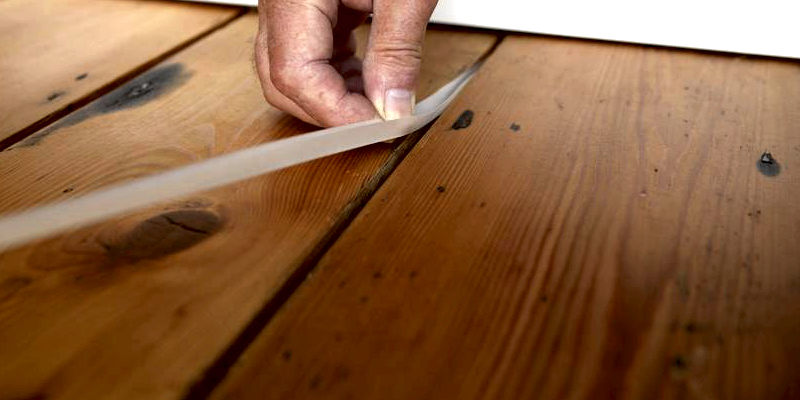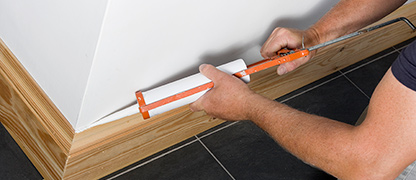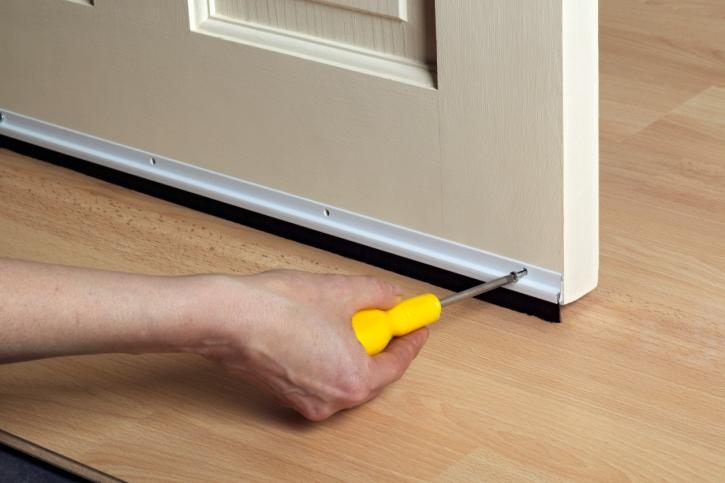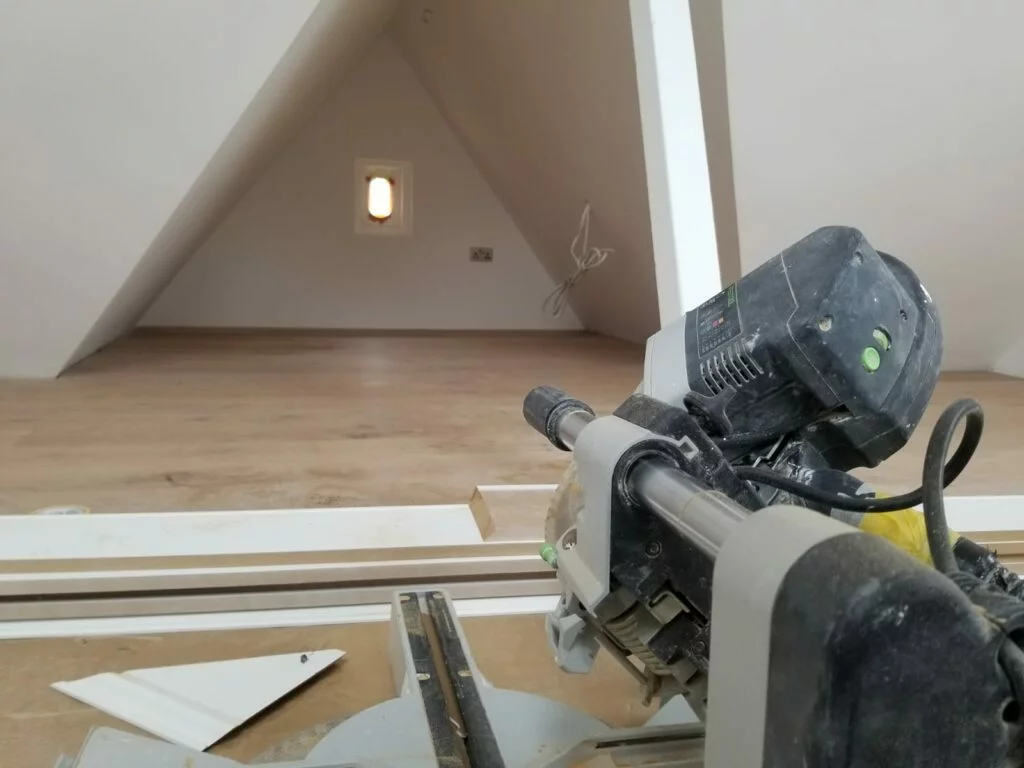
Draught-proof your home for comfort and savings
Draught-proofing is one of the simplest and most cost-effective ways to improve your home’s energy efficiency, reducing heat loss and cutting energy bills. By sealing gaps and preventing unwanted airflow, you can create a more comfortable and energy-efficient living space.
What is draught-proofing?
Draught-proofing involves sealing gaps in your home’s fabric—such as open chimneys, gaps around windows and doors, and other areas where air can leak. While ventilation is crucial for reducing condensation and ensuring air circulation, uncontrolled draughts let in cold air and allow warm air to escape, driving up energy costs.
How does draught-proofing work?
Draught-proofing works by blocking gaps to keep heat inside and cold air out, meaning your home stays warmer with less reliance on heating. This can also allow you to turn down your thermostat without sacrificing comfort.
Key areas to draught-proof include:
- Loft hatches: Seal the edges to prevent heat escaping into uninsulated loft spaces.
- Windows and doors: Seal gaps around frames and add draught excluders to letterboxes and keyholes.
- Chimneys: Use a chimney draught excluder to block unused chimneys.
- Floors and skirting boards: Fill gaps between floorboards and around the edges of skirting boards.



Who benefits from draught-proofing?
Most homes can benefit from draught-proofing, especially those with:
- Single-glazed windows: Older homes with single glazing often suffer from significant heat loss through gaps.
- Obvious draughts: Homes with open chimneys, unsealed doors, or windows prone to leaks.
Even modern homes can benefit by addressing smaller gaps that contribute to heat loss.

What are the costs and savings?
Draught-proofing is an affordable retrofit measure, and its savings quickly add up:
- Windows and doors: Sealing draughts could save around £20 per year on a typical semi-detached UK property.
- Chimneys: Blocking an unused chimney could save around £15 annually (Energy Saving Trust, 2019).
You can carry out basic draught-proofing yourself using materials from a hardware store. For more comprehensive results, professional advice can help identify the best solutions and materials for your home.
Other resource: Energy Saving Trust
Why work with Cosy Homes Oxfordshire?
At Cosy Homes Oxfordshire, we ensure that draught-proofing is carried out as part of a holistic approach to your home’s energy efficiency. We consider ventilation to avoid issues like damp and ensure that all measures complement each other.
By working with our trusted contractors, you can rest assured that your draught-proofing is effective, safe, and aligned with your broader retrofit goals. With our Whole House Plan, we’ll assess your property and identify opportunities to improve energy efficiency while avoiding potential pitfalls.
Take the next step
Thinking of retrofitting your home? Book a Whole House Plan with Cosy Homes Oxfordshire. Call 0330 223 2742 today to get expert advice tailored to your property and lifestyle, or try our free advice tool to get more ideas about your home’s energy saving potential.
Read next…

A practical guide to solid wall insulation
Solid wall insulation is a key upgrade for many older properties – helping to cut energy bills, reduce heat loss, and make homes more comfortable to live in all year
A practical guide to loft and roof insulation
Up to a quarter of your home’s heat can be lost through an uninsulated roof. Adding insulation to your loft or roof is one of the most cost-effective ways to improve comfort, cut heating bills, and reduce your carbon
Why a whole house energy efficiency approach?
Taking a whole house approach is one of the most effective ways to reduce the carbon footprint of your property while ensuring long-term energy efficiency and comfort. Instead of focusing on individual fixes, this strategy looks at your home as a complete
